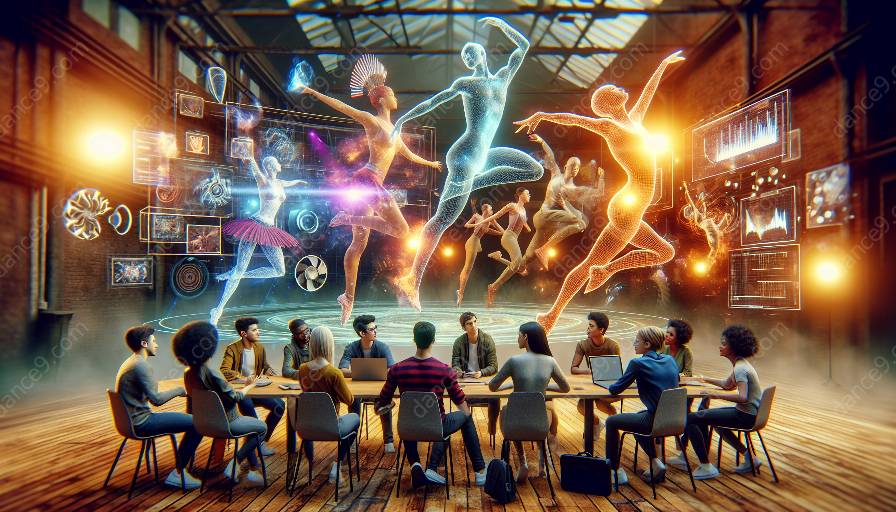Dance notation systems have long been used to capture and document movement, providing a means for dancers, choreographers, and researchers to analyze and interpret dances. With the advancement of technology, augmented reality (AR) has emerged as a powerful tool that can enhance the visualization and interpretation of dance notation systems in ways previously unseen. This article explores how AR can revolutionize the way dancers and researchers engage with dance notation, facilitating a deeper understanding and appreciation of movement.
Understanding Dance Notation Systems
To comprehend the impact of AR on dance notation systems, it is essential to first understand the nature of these systems. Dance notation encompasses various methods of recording choreographic sequences, movement patterns, and dance vocabulary. Notation systems strive to capture the spatial, rhythmic, and qualitative aspects of movement, allowing dances to be preserved and transmitted over time.
Traditional dance notation can be complex and challenging to read, especially for individuals who are not trained in specific notation methods. This has led to limitations in sharing and understanding dance works across different cultural and geographical boundaries.
How Augmented Reality Enhances Visualization
Augmented reality has the potential to bridge these gaps by overlaying digital information onto the physical environment. Through AR-enabled devices such as smartphones, tablets, or AR glasses, dancers can superimpose digital dance notations onto their surroundings, providing a dynamic, interactive way to visualize movement sequences and dance vocabulary. By doing so, dancers can gain a deeper understanding of the choreography, enhancing their performance and interpretation.
Moreover, AR can facilitate real-time visualization of dance notation systems during rehearsals and training sessions, allowing dancers to receive immediate feedback on their movements. This interactive feedback loop can help dancers refine their technique and better embody the choreographer’s intentions, ultimately improving the overall quality of the performance.
Interpreting Dance Notations in a New Light
AR can also transform the way dance notations are interpreted and studied. Rather than relying solely on static diagrams or written instructions, AR can bring dance notation to life by animating the movements as three-dimensional virtual objects. This immersive experience enables dancers and researchers to explore dance sequences from multiple perspectives, gaining insights into the spatial relationships, timing, and dynamics of the movements.
Furthermore, AR can enhance the accessibility of dance notation systems by providing interactive tutorials and guided learning experiences. Individuals seeking to learn a specific dance piece or choreographic style can engage with AR applications that offer step-by-step demonstrations, visual cues, and interactive exercises, democratizing access to dance knowledge and technique.
Compatibility with Dance and Technology
The integration of AR into dance notation systems aligns with the evolving landscape of dance and technology. As dance continues to embrace technological advancements for creative expression and performance enhancement, AR offers a new frontier for choreographic exploration and audience engagement. Choreographers can use AR to experiment with spatial design, incorporate virtual elements into performances, and push the boundaries of traditional stage dynamics.
From a pedagogical standpoint, AR empowers dance educators to create immersive learning environments, where students can interact with virtual dance notations, explore historical choreographies, and engage in collaborative digital projects. This intersection of dance and technology fosters innovation and opens doors for interdisciplinary collaborations between dancers, technologists, and visual artists.
Embracing the Augmented Future of Dance Notation
As AR technology continues to advance, its potential to enhance the visualization and interpretation of dance notation systems grows exponentially. By leveraging AR, dancers and researchers can gain deeper insights into the nuances of dance choreography, connect with diverse dance traditions, and push the boundaries of creative expression.
In conclusion, the fusion of augmented reality and dance notation systems represents an exciting convergence of artistic expression and technological innovation. This synergy has the power to transcend barriers, enrich the dance experience, and contribute to the evolution of dance as a dynamic and inclusive art form.

































